Introduction
The art of brewing liquor at home has long been a fascinating endeavor for enthusiasts worldwide. It combines the science of fermentation with the joy of creating something unique and delicious. While traditional brewing methods often involve complex recipes and a variety of ingredients, there is a simpler approach that yields a satisfying result: brewing with just white sugar and fermentation starter (also known as distiller’s yeast or jiuqu in some contexts). This guide will walk you through the process, from preparing your ingredients to bottling your homemade liquor, ensuring you have a fulfilling and successful brewing experience.
Understanding the Basics
Before diving into the specifics of brewing with white sugar and fermentation starter, it’s crucial to understand the fundamental principles involved. Fermentation is a biological process where yeast converts sugars into alcohol and carbon dioxide. In this case, white sugar serves as the primary source of simple carbohydrates for the yeast to feed on, while the fermentation starter contains the active yeast cultures necessary to initiate and sustain the fermentation process.
Choosing Your Ingredients
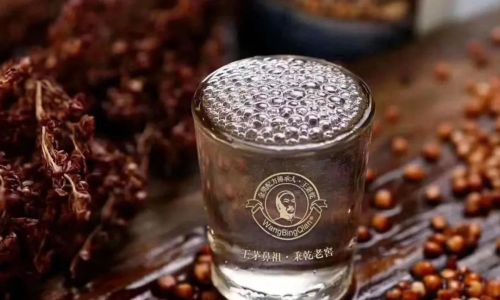
-
White Sugar: While brown sugar or other types of sugar can be used, white sugar is preferred for its purity and consistency. It ensures a smooth fermentation process and a clearer final product.
-
Fermentation Starter: This is the yeast that will convert the sugar into alcohol. Look for a high-quality, active dry yeast specifically designed for brewing or distilling. Some brewers also opt for traditional fermentation starters like those used in making rice wine or other fermented beverages, but for simplicity and accessibility, commercial brewing yeast works well.
-
Water: Pure, clean water is essential. Tap water can contain chlorine or other chemicals that may affect the fermentation process, so consider using filtered or bottled water if necessary.
Equipment Needed
- A large, clean fermentation vessel (glass or food-grade plastic)
- A lid or cover with a hole for an airlock (to allow carbon dioxide to escape while preventing contaminants from entering)
- An airlock and rubber stopper
- A stirring rod or spoon
- A thermometer
- A hydrometer (optional, but useful for measuring the specific gravity and estimating alcohol content)
- Bottles and corks or caps for storing the finished liquor
- A funnel
Step-by-Step Brewing Process
-
Preparation: Begin by sanitizing all equipment thoroughly. This step is crucial to prevent contamination and off-flavors in your final product.
-
Mixing the Ingredients: In your fermentation vessel, combine the water and sugar. The ratio can vary depending on your desired sweetness and alcohol content, but a common starting point is around 1 pound of sugar per gallon of water. Heat the mixture gently until the sugar is completely dissolved, then let it cool to room temperature.
-
Pitching the Yeast: Once the sugar water (known as the wort) has cooled, sprinkle the fermentation starter over the surface. Avoid stirring vigorously as this can introduce oxygen, which is not beneficial at this stage. Allow the yeast to dissolve and begin multiplying on its own.

-
Fermentation: Cover the vessel with the lid or cover, and insert the airlock. Place the vessel in a warm, dark place. The ideal temperature for fermentation is usually between 70-85°F (21-29°C). Monitor the fermentation by observing the airlock for bubbles, which indicate carbon dioxide release. This active phase can last several days to a week.
-
Monitoring and Adjustments: Use a hydrometer to measure the specific gravity before and during fermentation. This will help you estimate the alcohol content and understand when fermentation is nearing completion. When the specific gravity stops dropping significantly, it’s a sign that fermentation is slowing down.
-
Secondary Fermentation (Optional): For clearer liquor, you can transfer the fermented liquid to a second clean vessel, leaving behind any sediment. This step is not strictly necessary but can improve the appearance and taste of your final product.
-
Aging: Allow the liquor to age for a period, typically a few weeks to months. Aging can improve flavor complexity and smoothness. Store the bottles in a cool, dark place.
-
Bottling and Serving: Once aged to your liking, bottle the liquor using a funnel. Make sure each bottle is sealed tightly. Your homemade liquor is now ready to enjoy!
Conclusion
Brewing liquor with just white sugar and fermentation starter is a rewarding and accessible way to explore the world of home fermentation. It requires minimal ingredients and equipment, yet yields a product that can be tailored to your personal taste preferences. Remember, patience and attention to detail are key to success. With practice, you’ll develop a deeper understanding of the process and may even experiment with different ratios, aging techniques, and flavorings to create unique and delightful variations. Happy brewing!
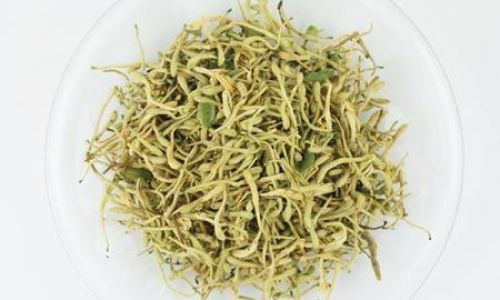

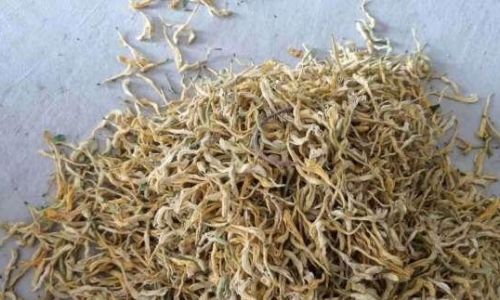
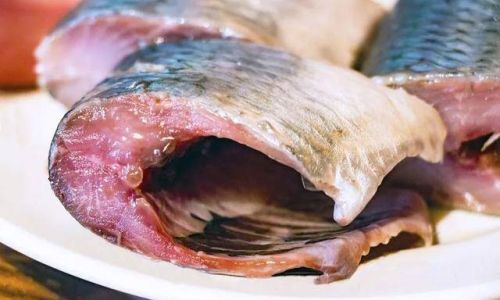
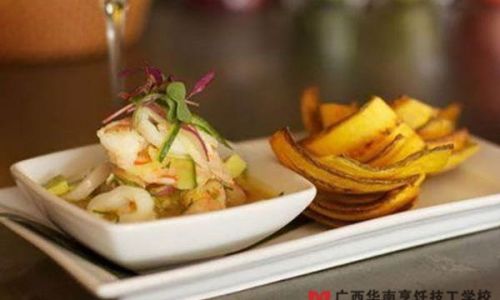
0 comments